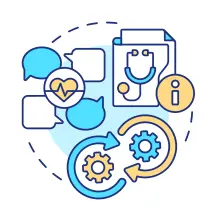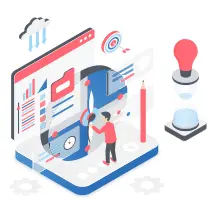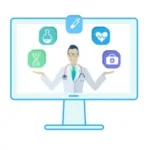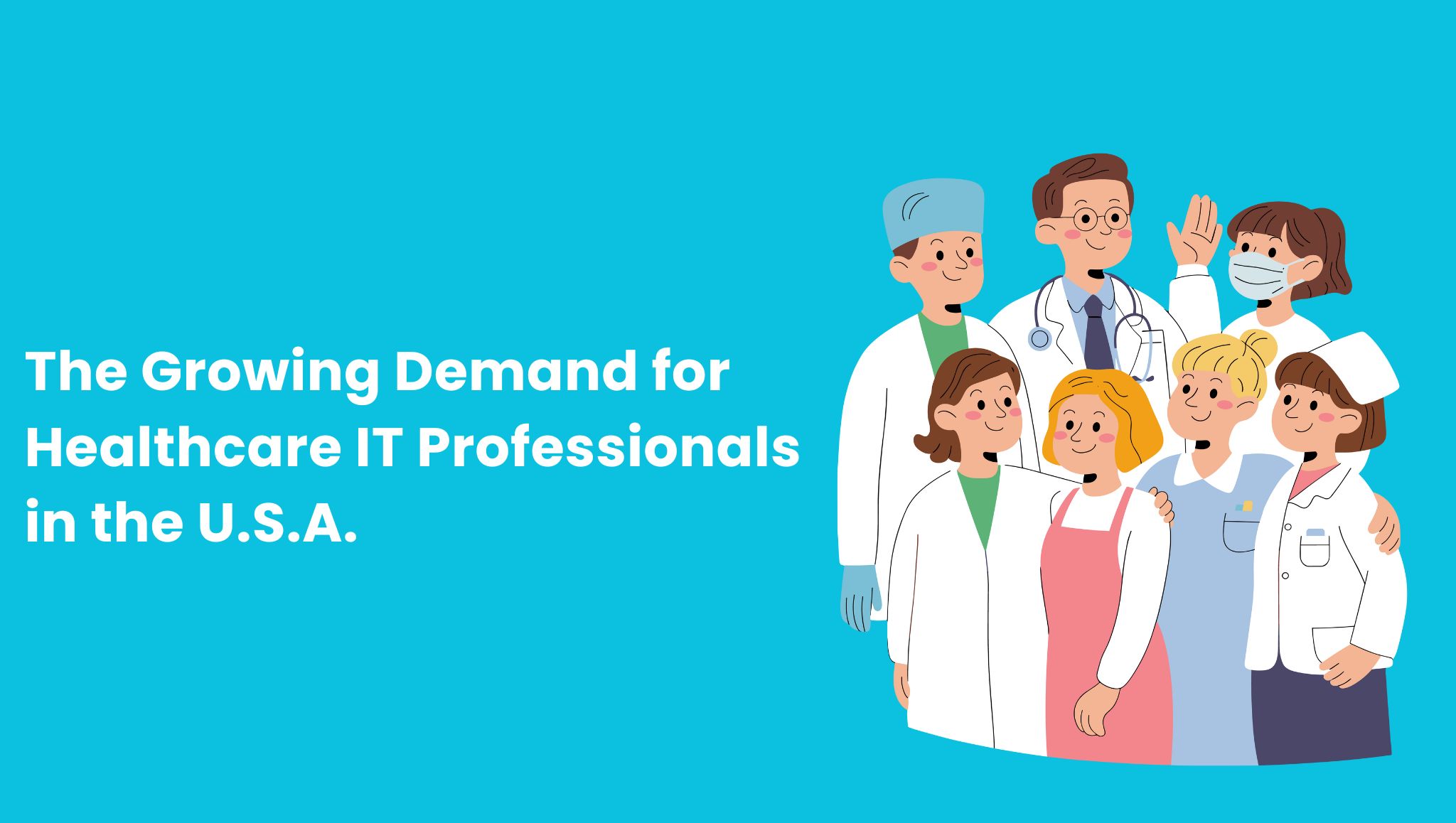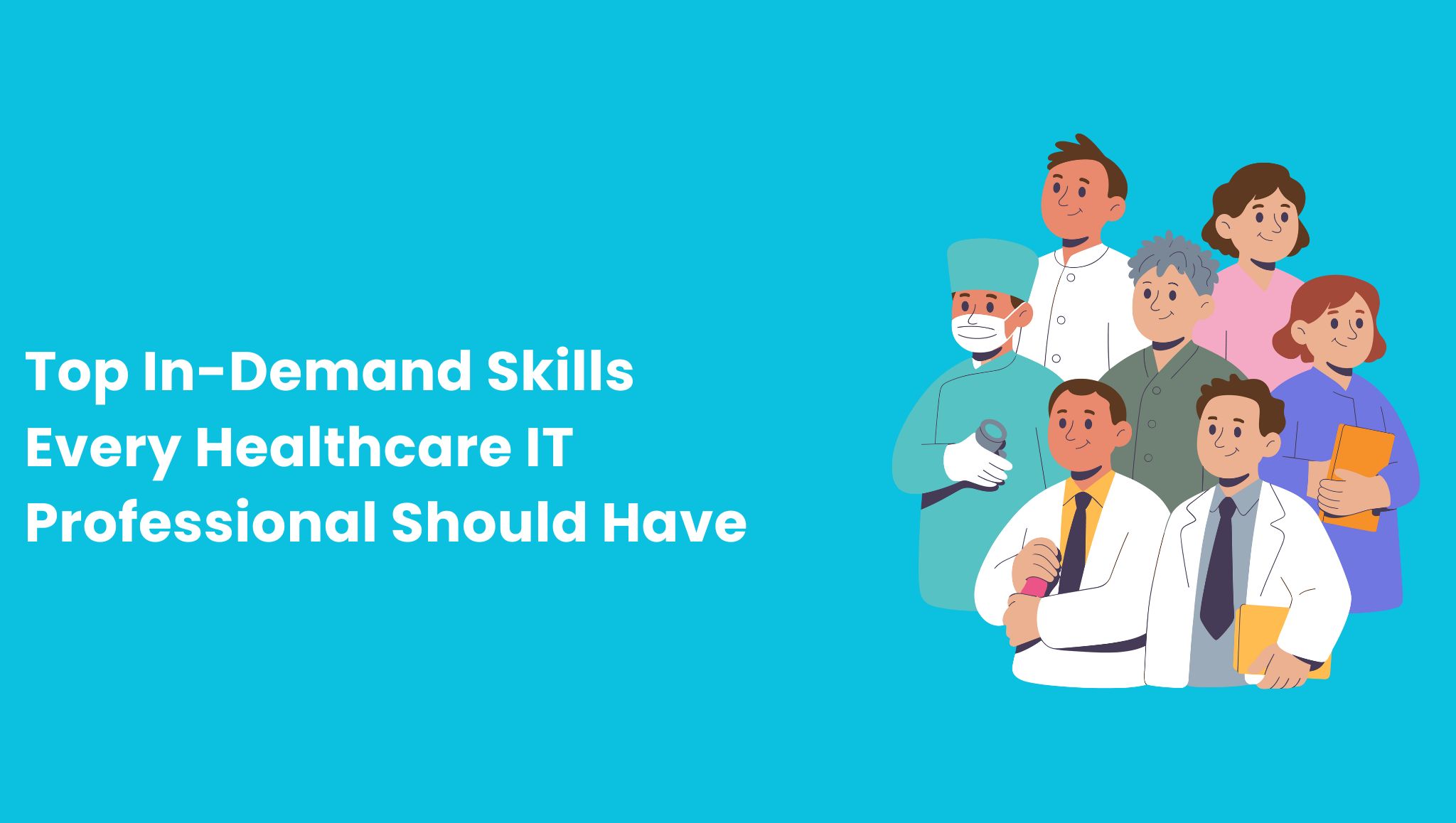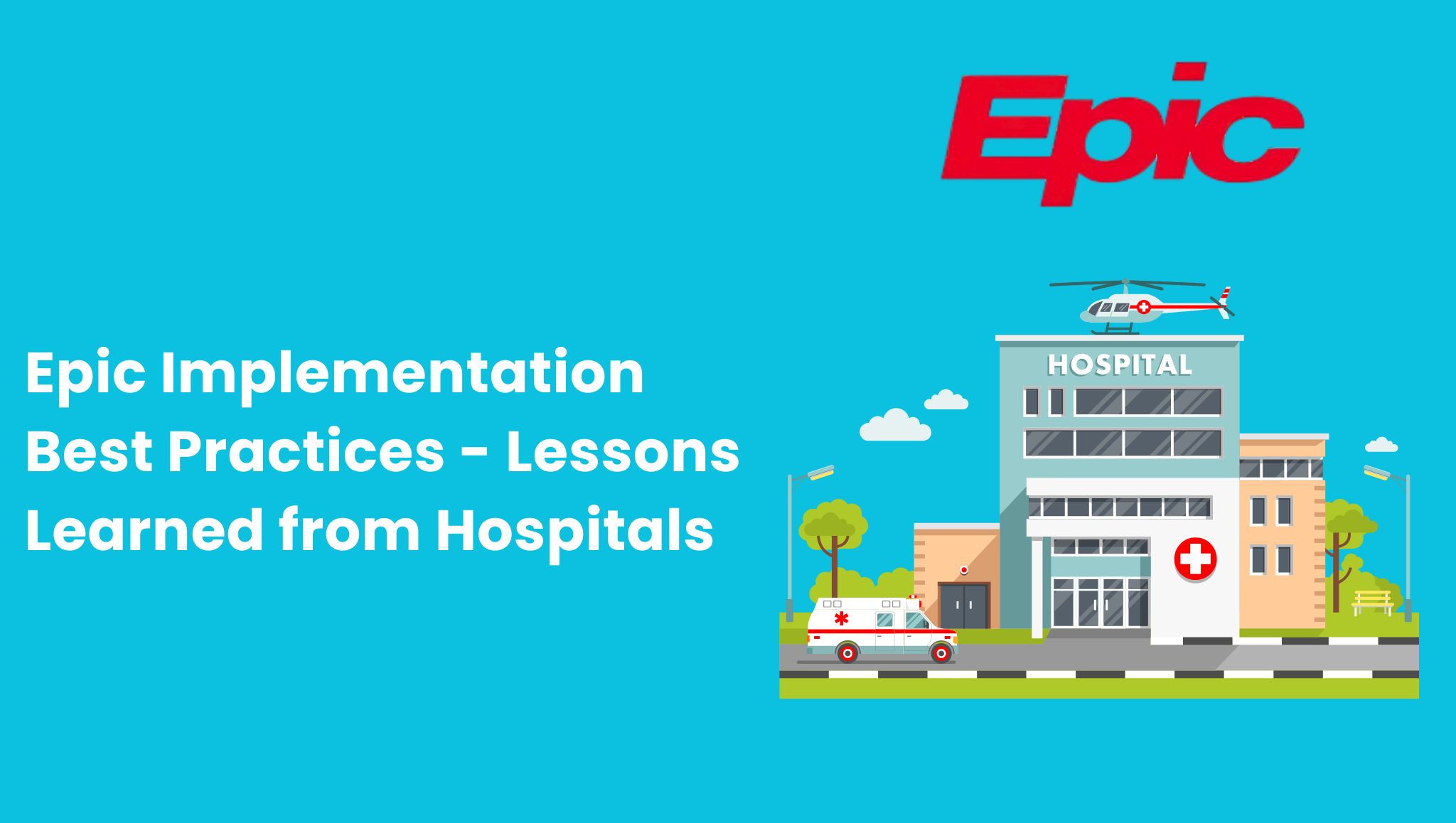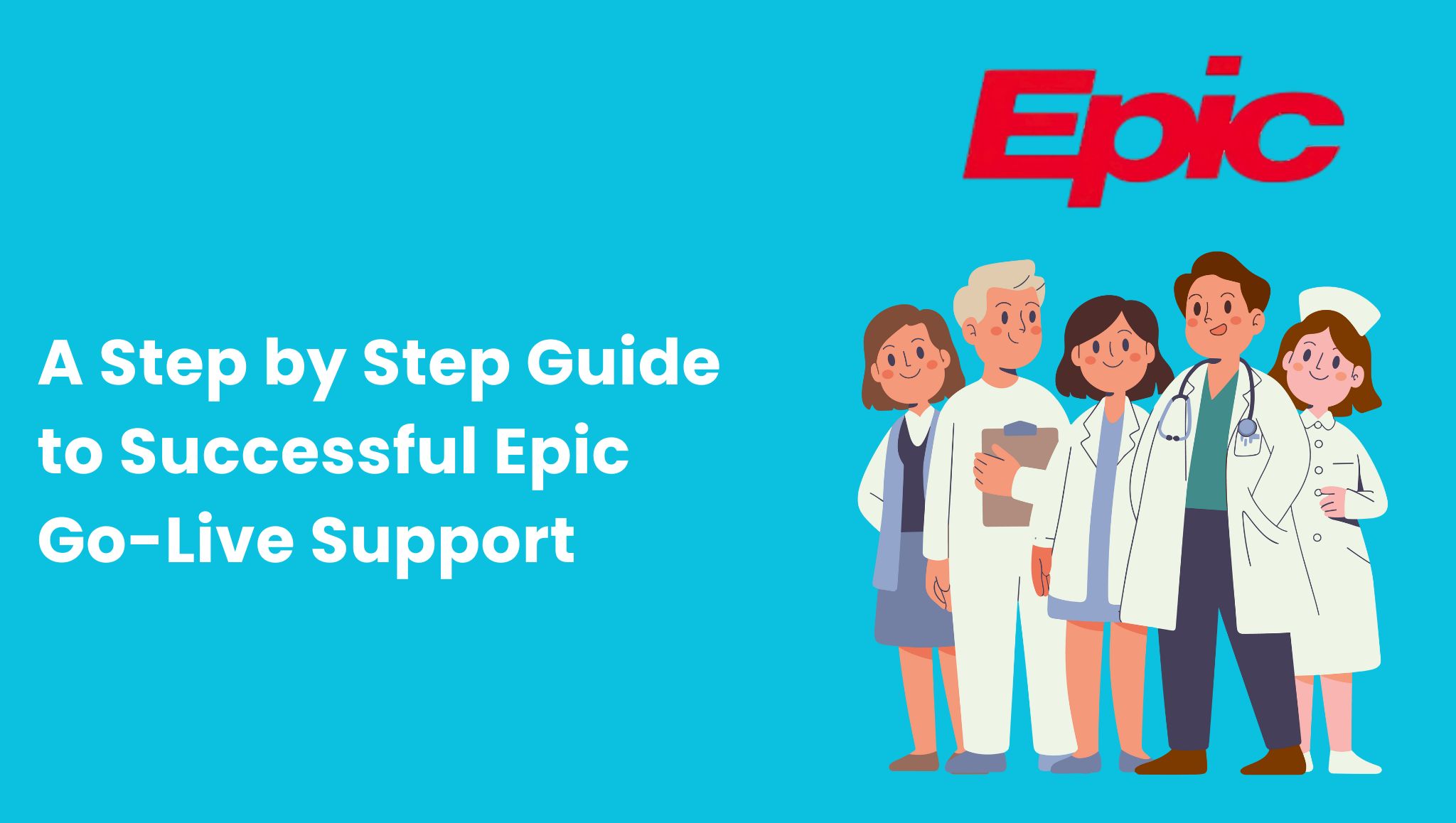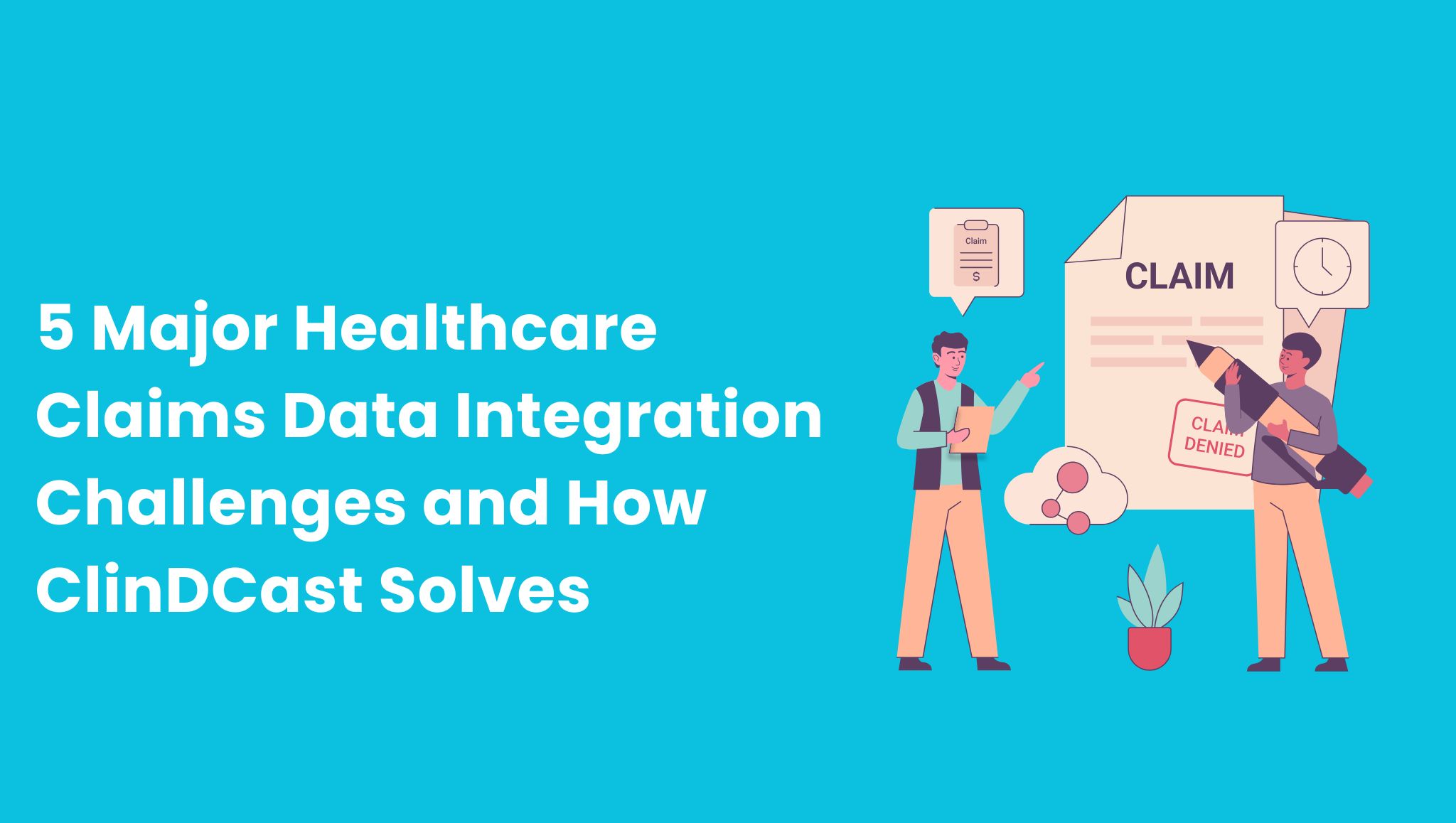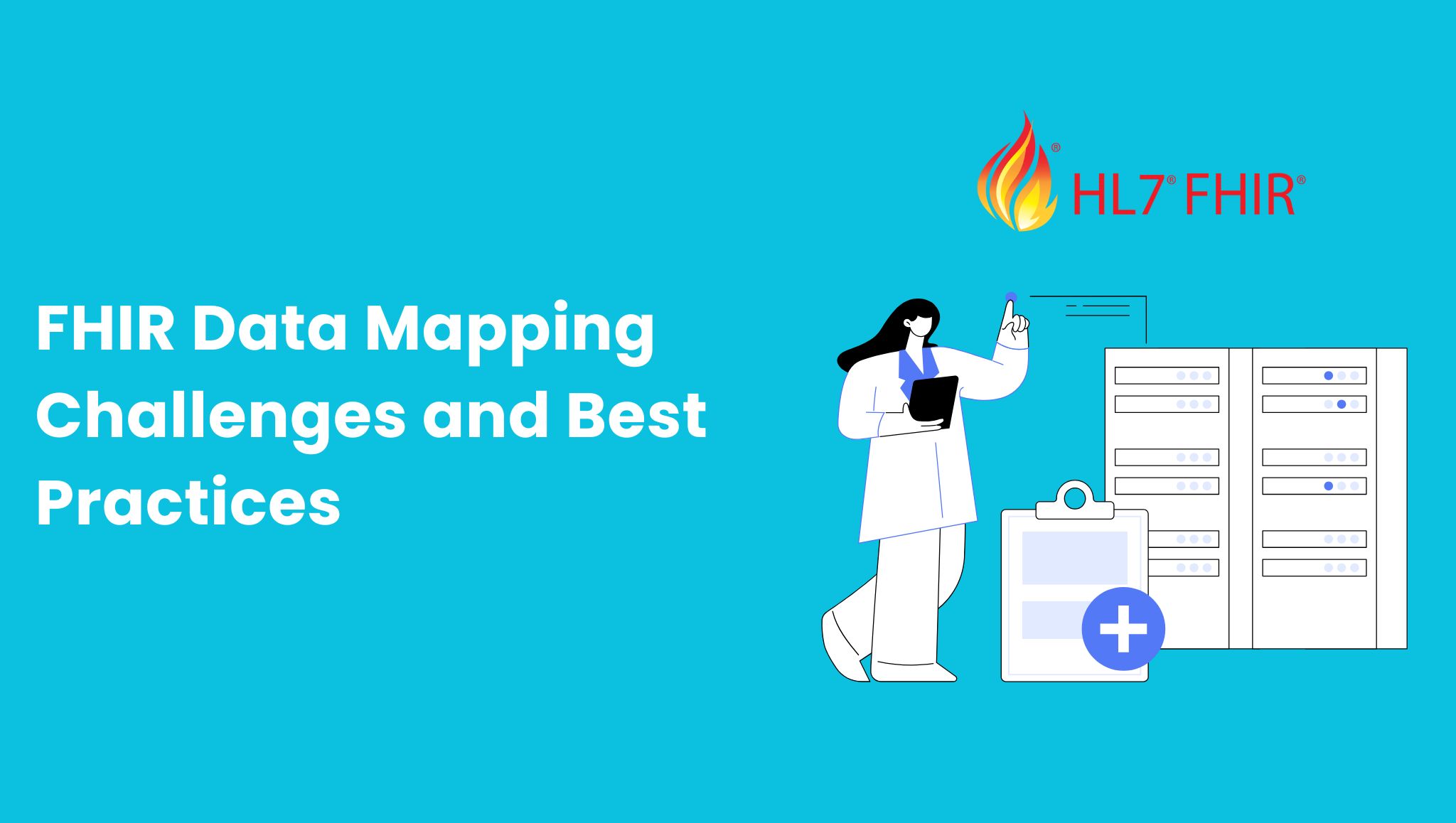
FHIR, or Fast Healthcare Interoperability Resources, is now the cornerstone of modern healthcare data exchange. It allows electronic health records (EHRs), healthcare apps, and patient tools to communicate effortlessly. As regulations tighten, patient demands evolve, and the industry leans toward API-first strategies, it’s more important than ever for healthcare organizations to have dependable FHIR solutions to keep pace and remain competitive. Top FHIR Vendors and Tools to Watch in 2025 highlights the most capable platforms and developer tools that support compliance, scalability, and innovation across healthcare ecosystems.
Why FHIR Matters in 2025
a) It’s a key pillar of regulatory compliance, especially with mandates like the 21st Century Cures Act driving its adoption.
b) Enables seamless data sharing across EHRs, patient apps, and third-party systems.
c) Supports API-first architecture critical for modern digital health tools.
d) Enhances patient engagement, analytics, and care coordination.
e) Reduces vendor lock-in through standardization and openness.
Selection Criteria for FHIR Vendors
Before diving into the leading vendors, it’s crucial to understand the core criteria that really matter when choosing a FHIR platform or tool.
a) Compliance – Support for US Core, SMART on FHIR, and CMS interoperability rules
b) Scalability – Ability to handle large volumes of real-time patient data
c) Flexibility – Cloud-native vs. on-premise options, support for extensions and profiles
d) Developer Tools – SDKs, sandboxes, documentation, and community support
e) Security – HIPAA compliance, OAuth2, audit logging, and role-based access control
Top FHIR Vendors and Tools to Watch
1. Microsoft Azure Health Data Services
Microsoft provides a FHIR-compliant platform through Azure, enabling healthcare organizations to bring together both structured and unstructured data on a large scale.
Key Features:
a) Native support for FHIR backed by Cosmos DB
b) Real-time data ingestion and analytics via Power BI
c) Integration with Microsoft Teams and clinical workflows
d) Compliance with HIPAA, HITRUST, and global data standards
Why it matters: It’s an ideal choice for enterprise-level digital health transformations that demand secure, cloud-native interoperability.
2. Google Cloud Healthcare API
Google Cloud supports FHIR along with HL7v2 and DICOM, helping to create a unified layer for managing healthcare data.
Key Features:
a) Built-in de-identification and filtering of FHIR data
b) Integration with BigQuery and Vertex AI for advanced analytics
c) Strong developer support and documentation
d) Federated learning options for privacy-preserving AI
Why it matters: It’s a powerful option for research institutions and healthcare providers that prioritize data-driven care.
3. Amazon HealthLake
AWS HealthLake offers a secure and scalable data lake with built-in FHIR support, designed specifically for advanced analytics and machine learning.
Key Features:
a) Automated FHIR conversion from raw data
b) Natural language processing (NLP) integration
c) Seamless use with AWS SageMaker for predictive modeling
d) Enables 360° patient views for clinical and operational use
Why it matters: Best suited for healthcare organizations developing longitudinal patient records and training AI models.
4. Smile CDR / HAPI FHIR
Smile CDR is a robust, enterprise-grade FHIR platform built on the widely used open-source HAPI FHIR engine.
Key Features:
a) Full support for FHIR R4, STU3, and DSTU2
b) On-premise, cloud, and hybrid deployment options
c) Built-in security, consent management, and auditing
d) US Core and SMART on FHIR compliant
Why it matters: Ideal for health systems and app developers looking for a flexible, standards-compliant FHIR backend.
5. Oracle Health (formerly Cerner)
Following its acquisition of Cerner, Oracle is developing a FHIR-native platform centered around cloud infrastructure and open APIs.
Key Features:
a) Real-time access to clinical data via FHIR APIs
b) Integration with Oracle Analytics for population health
c) Developer sandboxes for innovation and testing
d) Focus on EHR modernization and open standards
Why it matters: Well-suited for large health systems aiming to modernize legacy EHRs through interoperable cloud services.
6. Redox
Redox serves as a middleware platform, linking health systems and digital health solutions through standardized APIs.
Key Features:
a) Translates HL7v2, CDA, and proprietary data to FHIR
b) Scalable API infrastructure for digital health apps
c) Strong vendor and EHR ecosystem connectivity
d) Lightweight SDKs and developer-first approach
Why it matters: A smart choice for startups and mid-sized vendors looking for fast FHIR integration with minimal effort.
7. 1upHealth
1upHealth specializes in FHIR infrastructure tailored for payers, CMS compliance, and patient access APIs.
Key Features:
a) FHIR-compliant APIs for payer-to-payer and patient data exchange
b) Bulk data support for population-level queries
c) Patient-centered, consent-driven data access
d) Native CMS interoperability compliance
Why it matters: At the forefront for payers gearing up for regulatory interoperability and value-based care initiatives.
8. Inferno Testing Tool
Inferno is the official FHIR testing tool, funded by the ONC, designed to help vendors validate their conformance.
Key Features:
a) Open-source test harness for FHIR APIs
b) US Core and SMART on FHIR certification testing
c) Sandbox environment for experimentation
d) Support for custom test scripts and validation rules
Why it matters: Essential for developers creating compliant, production-ready FHIR applications.
9. Firely
Firely is the company behind some of the most widely adopted tools in the FHIR community, such as Forge and Simplifier.
Key Features:
a) Forge: GUI for editing FHIR profiles and extensions
b) Simplifier.net: Collaboration platform for FHIR projects
c) Firely Server (formerly Vonk): Lightweight FHIR server
d) Training and consulting services for implementers
Why it matters: Perfect for standards teams, clinical informatics groups, and developers working on customized FHIR implementations.
10. Health Samurai / Aidbox
Aidbox is a full-stack FHIR platform for building healthcare applications with speed and flexibility.
Key Features:
a) GraphQL and RESTful FHIR API support
b) Real-time, event-driven data architecture
c) Customizable access control and fine-grained permissions
d) Ideal for MVPs and complex healthcare application development
Why it matters: Preferred by agile healthtech developers building FHIR apps from the ground up.
Emerging Trends to Watch
a) Integration of FHIR with AI/ML models for clinical decision support
b) Use of FHIR Bulk Data API for value-based care and population health
c) Adoption of SMART on FHIR apps in EHR marketplaces
d) Expansion of FHIR for social determinants of health (SDOH) and public health use cases
e) Global interest in FHIR adoption beyond the U.S., especially in the EU and Asia-Pacific
Conclusion
FHIR has evolved from a trend to a foundational requirement. Whether you’re a healthcare provider upgrading your data exchange systems or a startup bringing a digital health product to market, these vendors deliver the tools and platforms needed to create secure, scalable, and interoperable solutions. The partner you choose in 2025 will play a key role in shaping your organization’s agility, compliance posture, and capacity for innovation.






